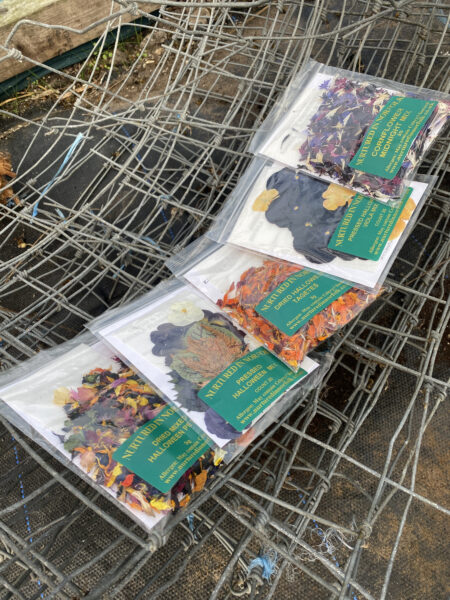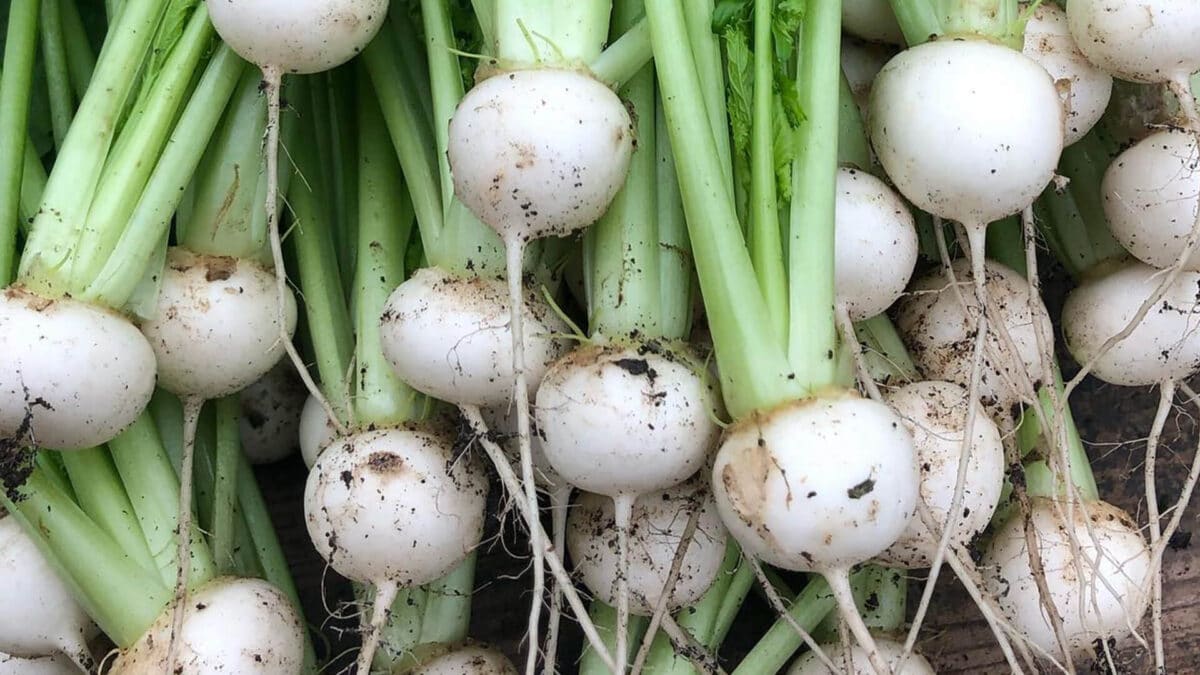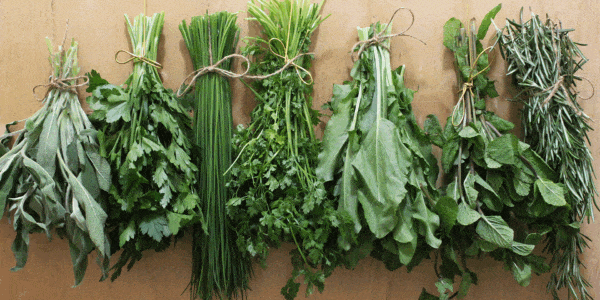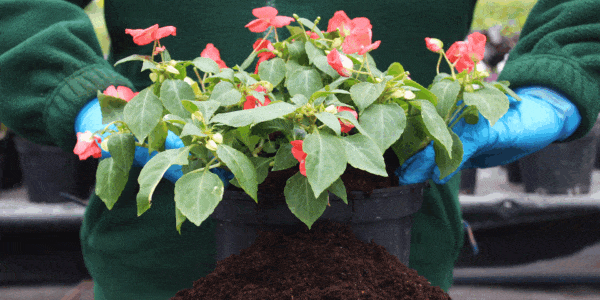 20 October 2022 | Horticulture Hacks
20 October 2022 | Horticulture Hacks
How to stop those pests ruining your turnips

Turnips are todays focus!
Nurtured in Norfolk’s gardening expert Martyn Davey answers all your questions.
If you would like any horticulture query answered please do e-mail our head grower at martyn@nurturedinnorfolk.co.uk to add your thoughts to our horticulture hacks.
Dear Martyn
This year I have had a problem with my turnips, I like to grow the white snowball type and have for the past few years grown some really good crops with no problems. I have rotated the crop around my vegetable plot to ensure that I minimise the chances of disease. I prepare the soil well and incorporate well-rotted manure and compost in the rotation, when planting my beans this is, I then follow with the cabbage and turnip crops. However this year I have a problem just on my turnips – there are little white maggots eating holes into the turnips and destroying the roots. Can you please tell me what it is and how I can stop this from happening again?
D, Danns Dereham
Dear Reader
The maggots of cabbage root fly eat the roots of cabbages and other brassicas, they can also tunnel into the roots of swedes, turnips and radish. This would seem to be the cause of the damage to your turnips.
When plants are affected by cabbage root fly the plants grow slowly, wilt and die as their roots are eaten. Edible roots are also tunnelled by the maggots which are the larvae of the fly. Adult cabbage root flies resemble house flies. The larvae are white, legless and headless maggots that feed on the roots and can kill seedling and recently transplanted brassicas.
Cabbages and other brassicas affected make poor growth and may wilt and die, especially recent transplants in early summer. Root crops, such as swede, turnip and radish are ruined when white maggots, up to 9mm long, tunnel into the edible parts of the roots. Occasionally the maggots will tunnel into individual buttons on Brussels sprout plants.
There are three generations of cabbage root fly during the summer but it is the first generation in late spring-early summer that is often the most damaging. Later generations are less damaging to cabbages and other leafy brassicas, as older plants have larger root systems and are better able to tolerate the damage. Host plants where the root is the edible part, such as radish, turnip and swede, are damaged by any of the generations.
When fully fed, the larvae go into a brown pupal stage in the soil, either emerging as adult flies a few weeks later or remaining in that state over winter.
Recent transplants can be given some protection by placing a brassica collar around the base of the stem. These can be purchased from garden centres or they can be made from circles or squares, about 8-15cm across, using carpet underlay, roofing felt, cardboard or similar materials. The collar prevents the female fly placing eggs on the soil surface close to a host plant. Eggs deposited on the collar often dry up and fail to hatch.
Plants can be protected by growing them under the cover of an insect-proof mesh. Horticultural fleece may be preferred for seedbeds as it will also help warm the soil.
Crop rotation should be practised. Otherwise cabbage root flies can emerge from overwintered pupae in the soil under the fleece or mesh cover, if host plants are grown in the same piece of ground in successive years
A mixture of pathogenic nematode species (Fruit and Vegetable Protection) is sold as a biological pest control for use against cabbage root fly larvae and other insects, including the larvae of carrot fly, onion fly, leatherjackets, fungus gnats, caterpillars, gooseberry sawfly, thrips and codling moth.
Jobs for this week.
Rose black spot can overwinter on fallen leaves, collect and destroy fallen leaves to help slow re-infection next year.
Cut fruited canes of blackberry, tayberries and loganberries to the ground now.
Excess apples that are in storage can be put out to help feed wildlife over the winter if they rot or are damaged in anyway the wildlife won’t mind.
Martyn Davey – Head Grower

